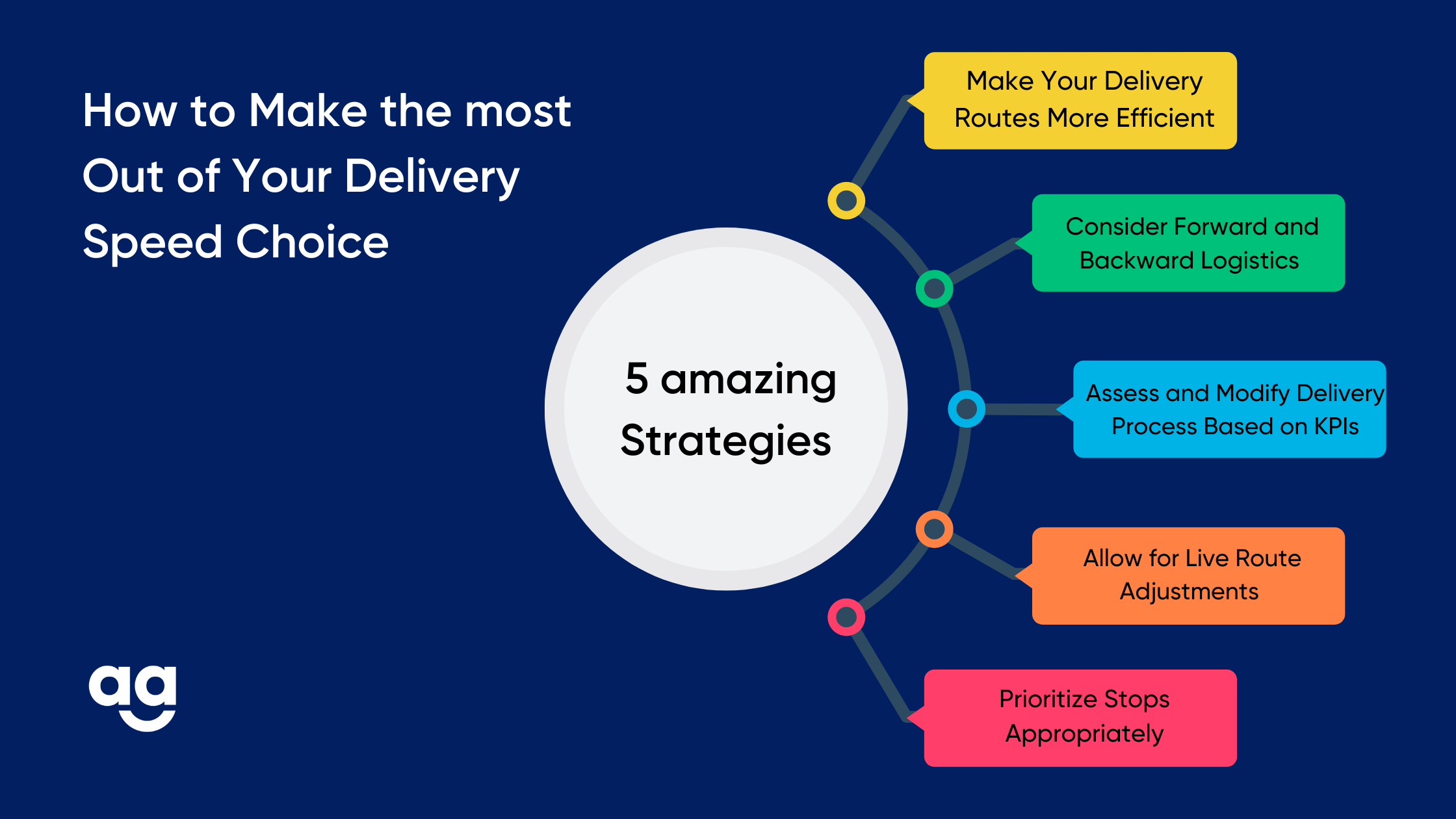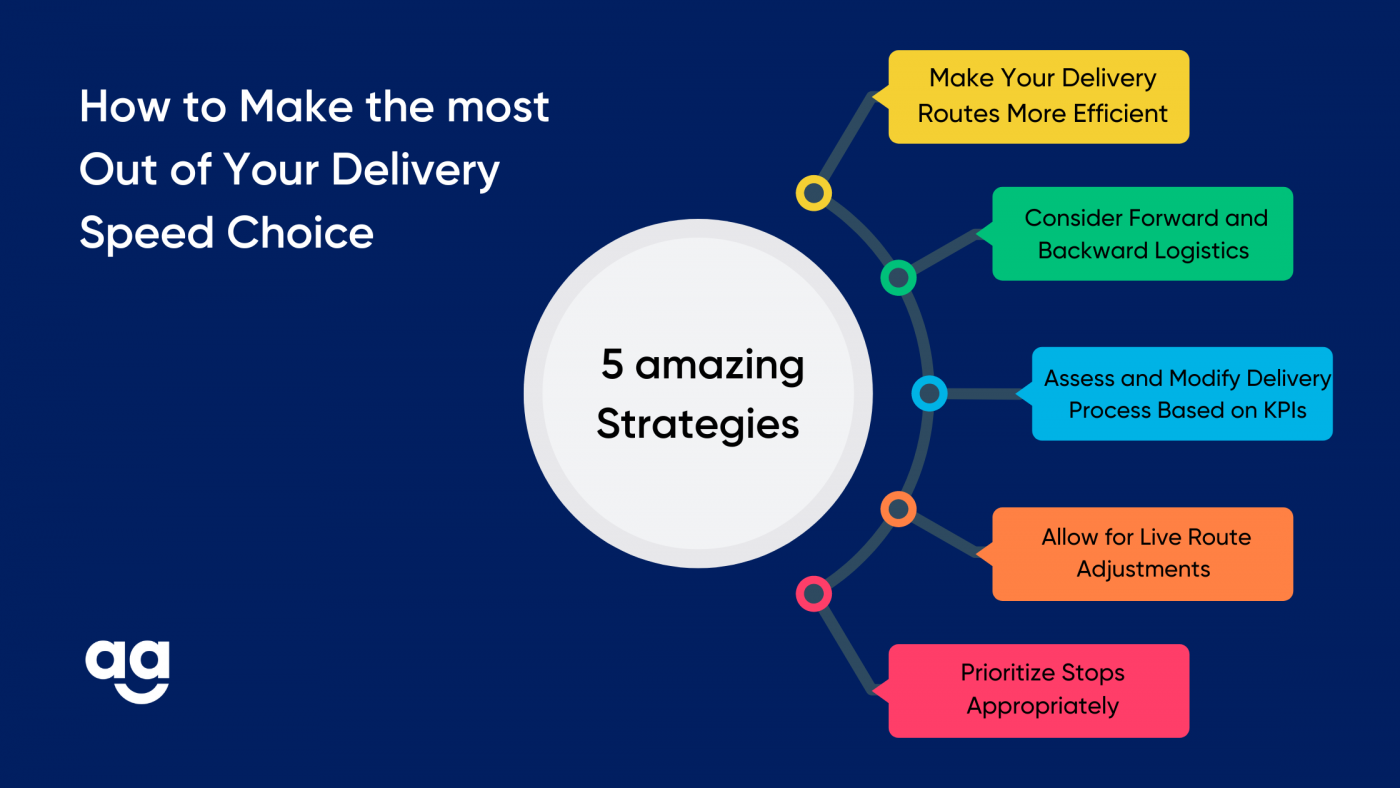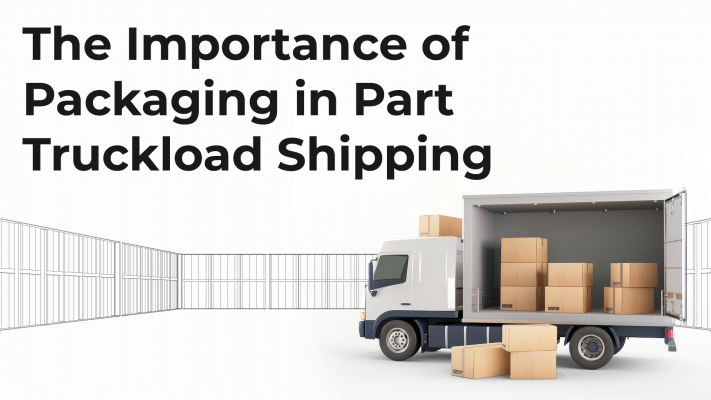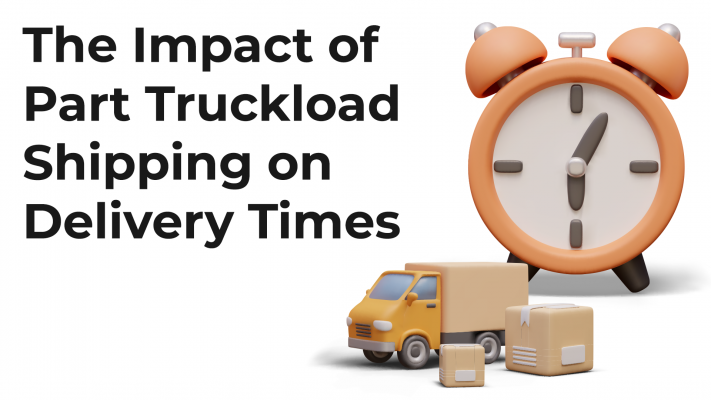Planning Pays Off: 5 Strategies to Get the Most Out of Your Delivery Speed Choice
May 24, 2024
6 min read
Introduction
Delivery speed is the amount of time it takes for an order to be delivered from your warehouse to the client’s doorway.
Consumers consider quick shipping options a necessity rather than a benefit. In fact, according to Invespcro, 80% of Indian consumers want same-day shipping, and 61% want quicker deliveries—within 1-3 hours of placing an order.
Profiting from this is what the most affluent online retailers are doing.
This blog outlines the top 5 strategies for expediting delivery speed while ensuring effectiveness in every step of the process. Read on!

5 Strategies to Get the Most Out of Your Delivery Speed Choice
Here are the top 5 strategies to maximize your delivery speed choice and ensure on-time delivery:
Make Your Delivery Routes More Efficient
You can increase productivity, cut down on delivery times, and boost client fulfillment by optimizing shipping routes.
You can arrange delivery routes by considering variables like traffic, location, and delivery top priority with the aid of route optimization applications and algorithm design.
This enables you to determine the most effective routes, cutting down on travel time and expenses while increasing delivery speed all around. This increases your handling capacity and boosts your revenue by enabling you to execute additional deliveries each day.
Consider Forward and Backward Logistics
Opt for both forward and reverse logistics to increase efficacy and simplify the delivery procedure.
Forward logistics denotes the transportation of deliverables from your warehouse/facilities to their final destination. Whereas, reverse logistics involves the backward movement of packages from their endpoint to your establishment or anywhere else.
Organizing both forward and reverse logistics can increase effectiveness, cut expenses, and optimize the delivery procedure.
For instance, you can handle returns more effectively if you strategize in time for your reverse logistics. This lowers the possibility of shipment delays and lessens their effect on timelines for delivery.
Assess and Modify Delivery Process Based on KPIs
Enhancing the pace of your delivery involves assessing and fine-tuning your key performance indicators (KPIs).
These metrics provide relevant facts and figures about every aspect of the delivery procedure, including vehicle usage, client feedback, and delivery time frames. By analyzing your KPIs, you can find performance gaps and make the necessary corrections.
Consider a scenario where delivery times exceed expectations. Through data analysis, you can uncover potential obstacles, like inefficient delivery routes.
By taking proactive measures, such as prioritizing specific stops or optimizing routes for 1-hour delivery orders, you can swiftly address these challenges and enhance overall efficiency.
Allow for Live Route Adjustments
While preparing ahead is vital, it’s equally critical to be flexible and adaptable when unforeseen difficulties emerge.
Dispatchers may encounter traffic jams when assisting a consumer, making a delivery, or changing a flat tire. When something doesn’t go as planned, the transporter needs to be informed immediately to prevent tiny interruptions from becoming major blunders.
Use live traffic data monitoring to identify congestion and alter the routes instantly to avoid unwanted delays.
Prioritize Stops Appropriately
The sequence in which your drivers stop impacts your overall delivery process, including delivery efficiency and speed. Drivers can deliver packages faster, cut down on travel time, and increase customer satisfaction by strategically prioritising stops.
You need to prioritize stops according to the urgency of deliveries, with time-sensitive goods arriving first. Setting stop priorities can also assist the shipper in cutting down on the distance and duration of the trip.
Delivery agents can cut their fuel bills and increase overall productivity by avoiding backtracking or needless detours. This is done by sequentially organising stops to fulfill quicker delivery windows, like 1-hour delivery, and boost the possibility of additional drops each day.
Summing Up
Delivery speed can be affected by a wide range of factors, such as driver behaviour, weight and route of delivery, congestion, and distance.
Make sure you follow the tips mentioned above and monitor KPIs for improved results to ensure optimal delivery speed and customer satisfaction.
If you’re looking for a reliable logistics partner for on-time delivery, look no further than Shipyaari. From seamless same-day deliveries to efficient e-commerce shipments, Shipyaari ensures high-end shipping solutions for businesses operating across 190+ countries.
Try it for free and experience the differ
Frequently Asked Questions
A service known as “1-hour delivery” guarantees that customers will receive their orders within an hour of placing them.
It’s a logistical and operational framework that will increase customer retention and revenue, but it also necessitates a highly effective, well-coordinated, and optimized system.
Businesses can increase the on-time delivery rate by using route optimization software, optimizing warehouse processes, effectively managing orders and stock, and real-time KPI tracking.
An OTD rate of 95% or higher is generally regarded as excellent. This shows that a business delivers its merchandise prior to or on the scheduled delivery date, preferably 95 times out of 100.
The equation to calculate delivery reliability is the number of deliveries made on time and, in total, the entire number of deliveries. Achieving an OTIF of 100% is the overtime objective because it will guarantee the best possible product accessibility.
Suggested Reads
Hyperlocal Personalization: Tailoring Experiences for Local Customers
Introduction The eCommerce industry in India has witnessed a rapid growth of hyperlocal services in
Continue ReadingDec



















 Shipping
Shipping







